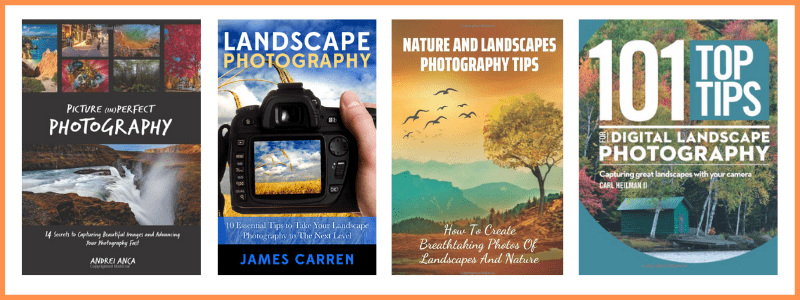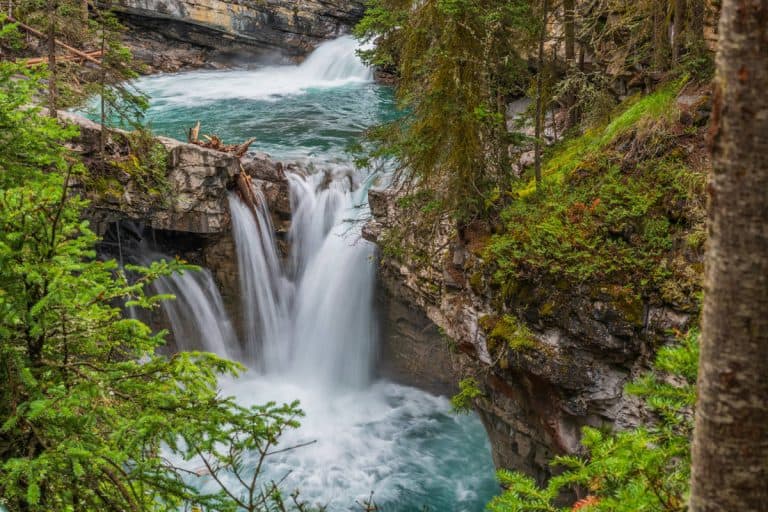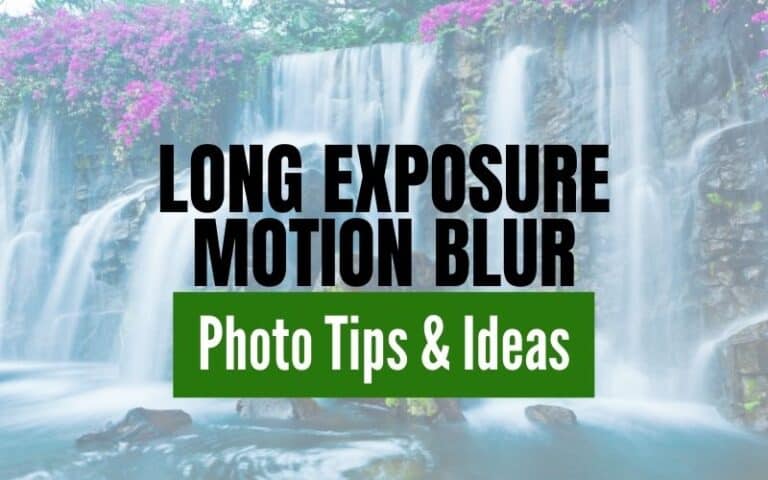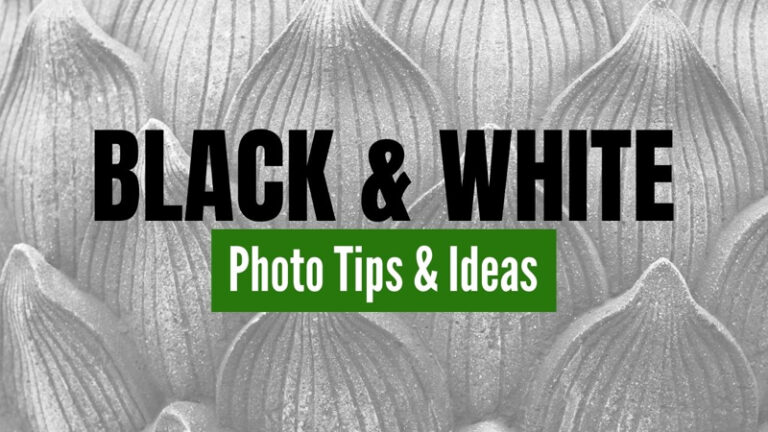Landscape Photography Ideas Using Layers
Take a look at the landscape photography ideas using layers to help you understand this concept.
The compositional element of layers is a basic photography technique that helps maximize interest for the viewer.
Utilizing layers in a photograph will create a sense of depth and direct the eye of the viewer through the image.
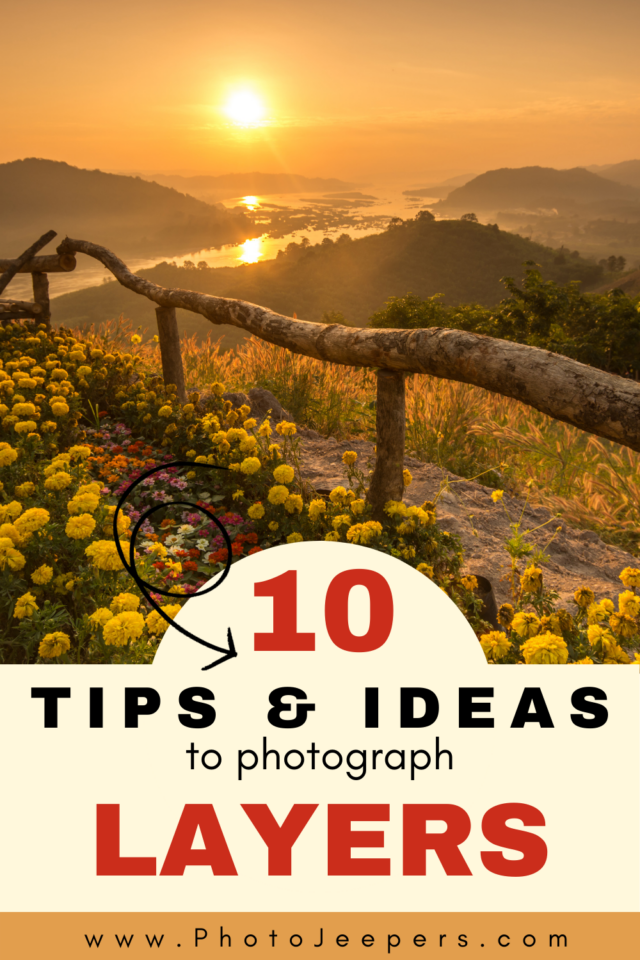
We’ll show you tips and techniques to use when taking pictures of scenes with layers.
Use the photo ideas below to inspire you to get out and capture your own photos using layers.
This site contains affiliate links which means WE may receive commissions for purchases made through these links. We only provide links to products we actually use and/or wholeheartedly recommend! As an Amazon Associate, we earn from qualifying purchases. Read the full Disclosure Policy.
Camera Gear for Landscape Photography
- Tripod: take a look at these compact and lightweight travel tripods!
- Camera Bag: protect your camera from sand and water → We use Lowepro camera backpacks for outdoor photography.
- Neutral density filter: to compensate for variance of light you’ll need to use a neutral density filter. → Check out the Kase magnetic filters we use!
- Camera cleaning kit: remove dust or water that WILL get on your lens. NOTE: this is not for cleaning the sensor.
- Memory cards: purchase name brand memory cards since you’re trusting your images to the card! → We use Lexar and Sandisk!
- External hard drive: copy photos to a portable external hard drive ‘just in case’.
- Headlamp: use when taking sunrise and sunset photos!
Camera Gear at B&H Photo
Photo Ideas Using Layers
Take a look at the photo ideas for taking pictures of trees shared by members of our Facebook Group, Your Photography Journey.
WATCH the video as we discuss compositional elements in each image.\
Photographing Layers: Tips and Ideas
Take a look at these awesome photos that showcase layers.
Use the tips and ideas for inspiration to get out and photograph layers!
Depth of Field
This wonderful capture by Kathleen Spatuzzi illustrates the concept of depth of field and layers well.
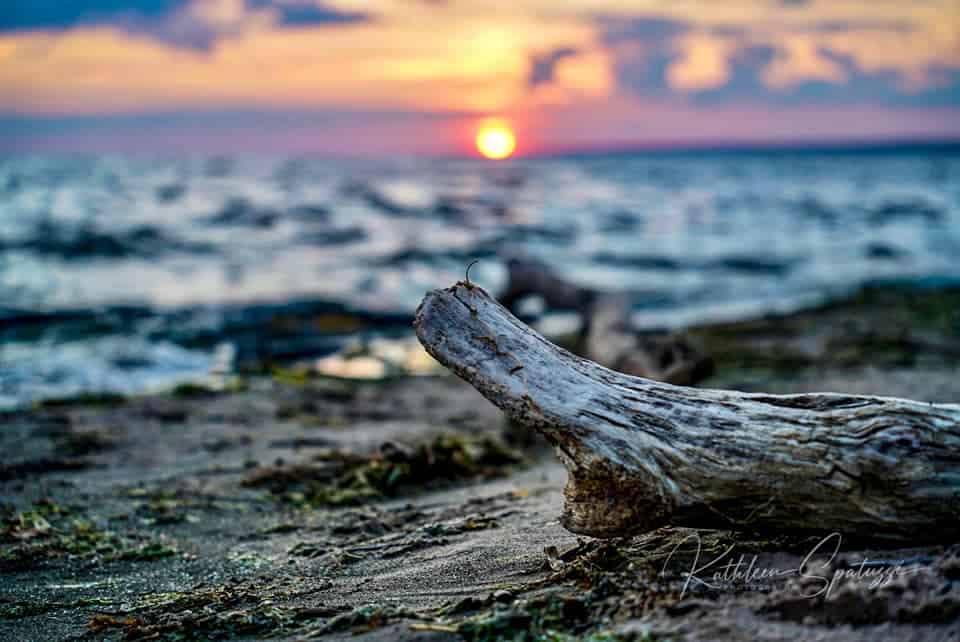
Using a shallow depth of field, a subtle layering effect has been applied in the image that focuses the viewer’s attention immediately to the sharp foreground element, then leads the eye through the layers of the midground and background.
The diminishing focus enhances the layering effect.
Marilyn Switzer uses depth of field to enhance the symmetrical layering of this brilliant image.
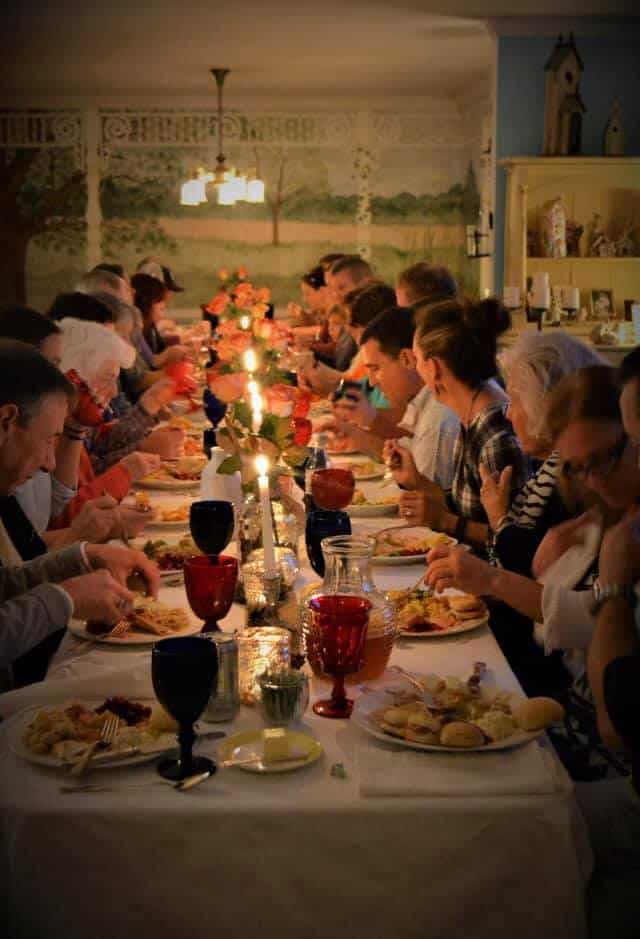
Focus is established in the foreground and diminishes into the background creating a sense of depth and a layering effect that enhances the nature of the captured event.
Subject Placement
Approaching photographic composition in the same manner we would write a story can be a powerful tool for creating an interesting image.
When writing a story we typically have a beginning, a middle, and an ending.
Organizing a composition by layering the elements of the scene with a foreground, midground and background will draw the viewer into photograph.
Such a composition will aid the viewer in experiencing the story of the captured image.
The concept is nicely illustrated by Jason Stedry who placed the subject of the crashing wave in the foreground of this image.
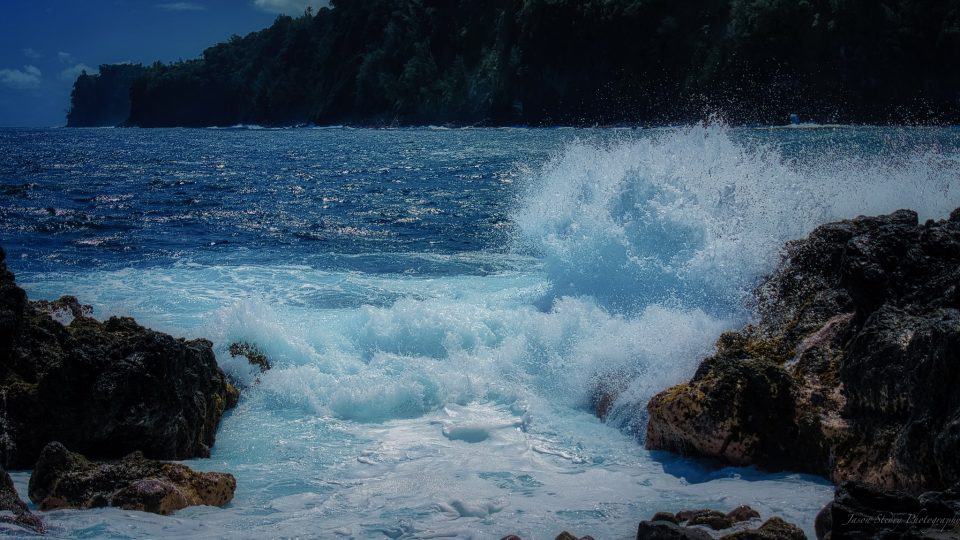
The midground and background anchor the explosive foreground in a wonderful expression of natural energy.
Jesse Simpson employs this concept where the focusing is the tone-filled sky in the background.
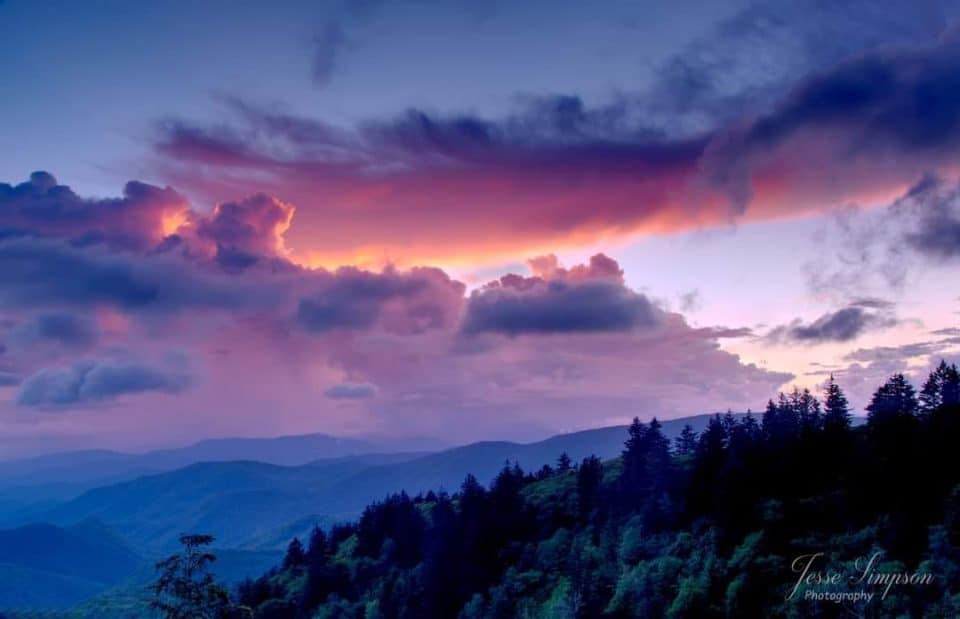
The layering effect of the foreground and midground draw the viewer through the captured story to its brilliant ending.
The layering in this photograph also establishes a sense of reality in the depth and perspective of our natural world.
Linda McLaughlin provides us with another gorgeous example of layered storytelling in her nautical capture of sailboats.
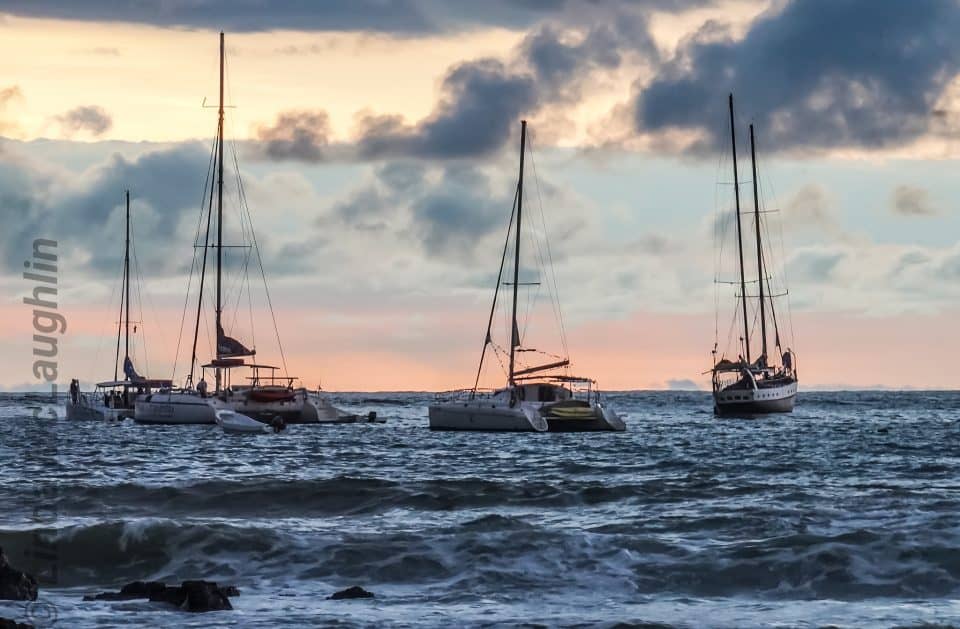
This photograph draws interest immediately to the midground where fluctuating action occurs.
The foreground and background layers support the dynamic nature of the centered subjects with the constant movement of rolling waves and blowing clouds.
Rule of Odds
Tony Kendrick used the “Rule of Odds” to form his composition in this stellar capture of a moment of crucial competitiveness.
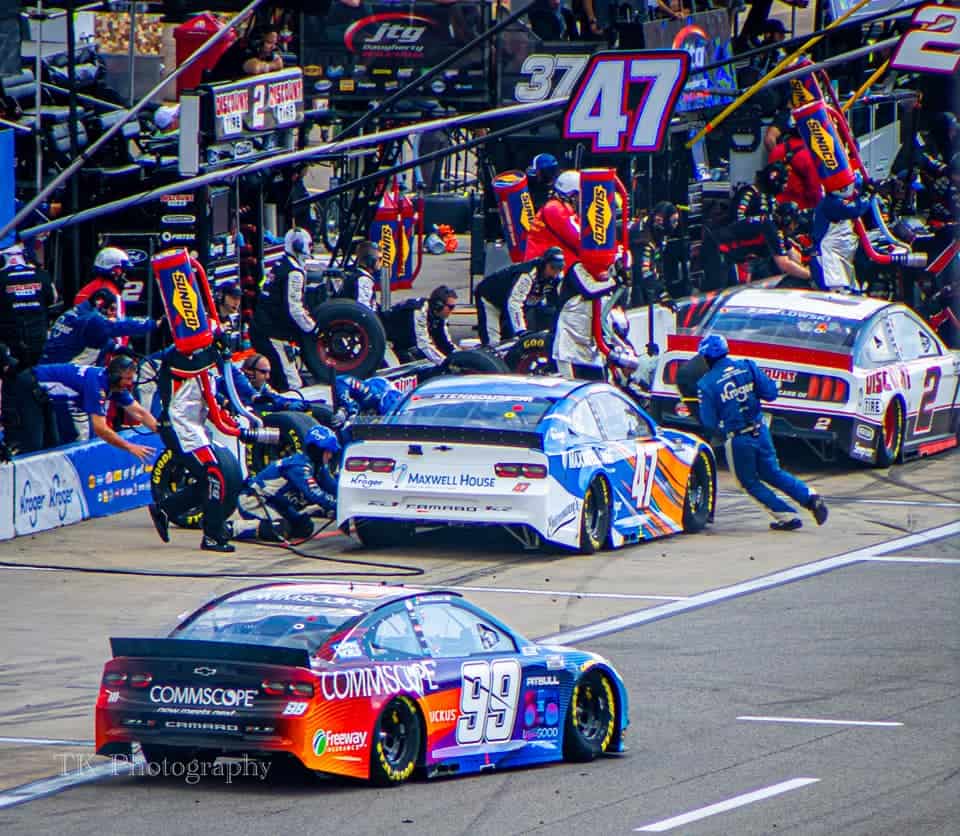
The three subjects are angled to deliver a layering depth to the photograph that subtly frames the centered action.
One can almost hear the pit boss screaming, “Move, move, move, boys! Move!”.
Leading Lines
The leading lines of this image by Jason Stedry draw the viewer into a complex set of layers that frame the subject in a powerful and focused composition.

The image conveys the harmony of a beautiful structure nestled in the natural layering of a magical setting.
The leading lines of the bridge grant access to any who desire the company of the colorful experience before them.
Roy Goldsberry’s desert scene powerfully illustrates the use of leading lines to draw viewers into a world of layered natural beauty.
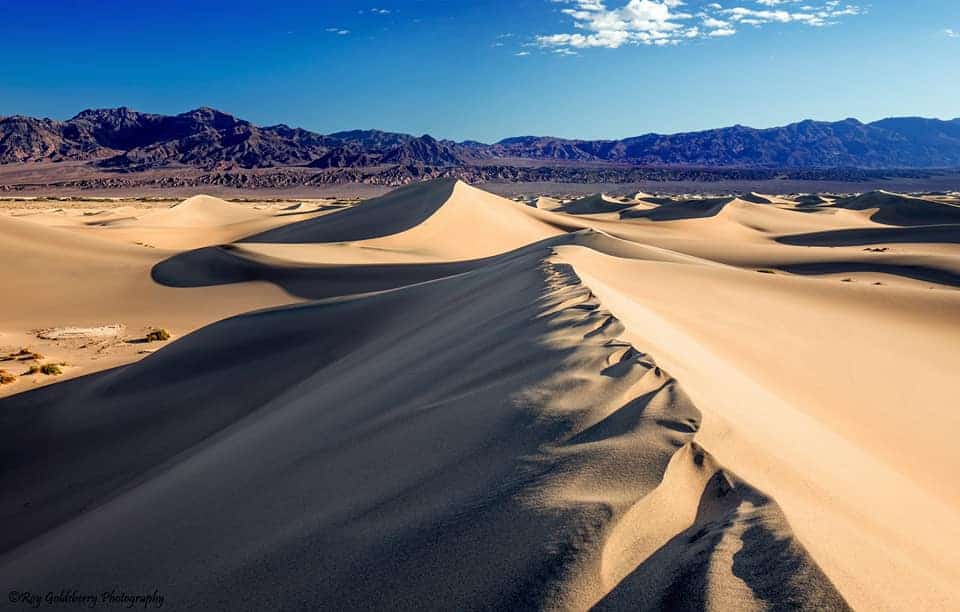
The peaked edge of the centered dune leads us across a wind swept system of layers, angles and contrasts that capture and hold attention.
The image is completed by yet another layer of contrast in the dark, sun-baked background. The composition seems to form a “T” across its structure.
Light
Light, in all its ever changing and explosive splendor, may be compositionally situated to form brilliant and eye capturing layers in a photograph.
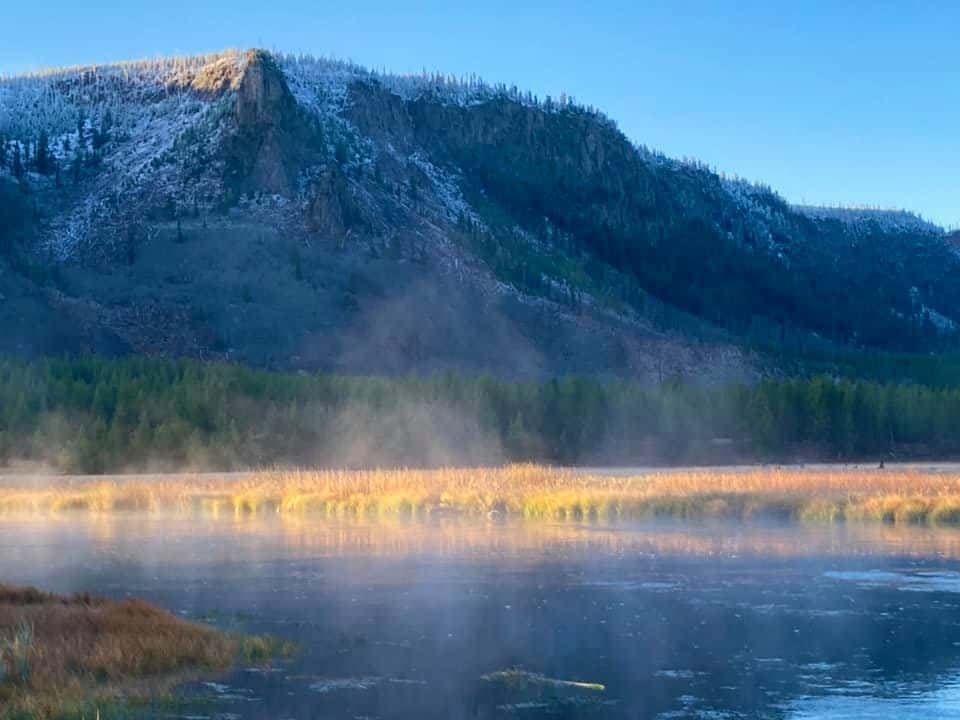
Cindy Shaffer has captured a magnificent example of the layering powers of light in this awesome photograph.
One can almost feel the cool air and mist interrupted by the warmth of intruding sunlight.
Fiona Mccuish provides us with another fantastic capture of the layering effects of changing light.
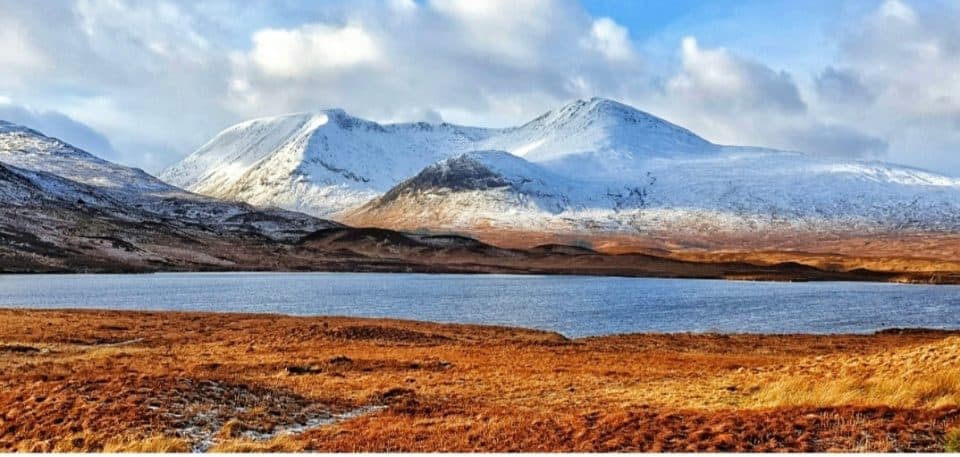
Her image establishes a distinct beginning, middle and ending enhanced by the complimentary layers of light across the scene.
Pete Gordon’s amazing capture of layered golden hour light across carved and colorful chasms is an inspired example of layered compositional technique.
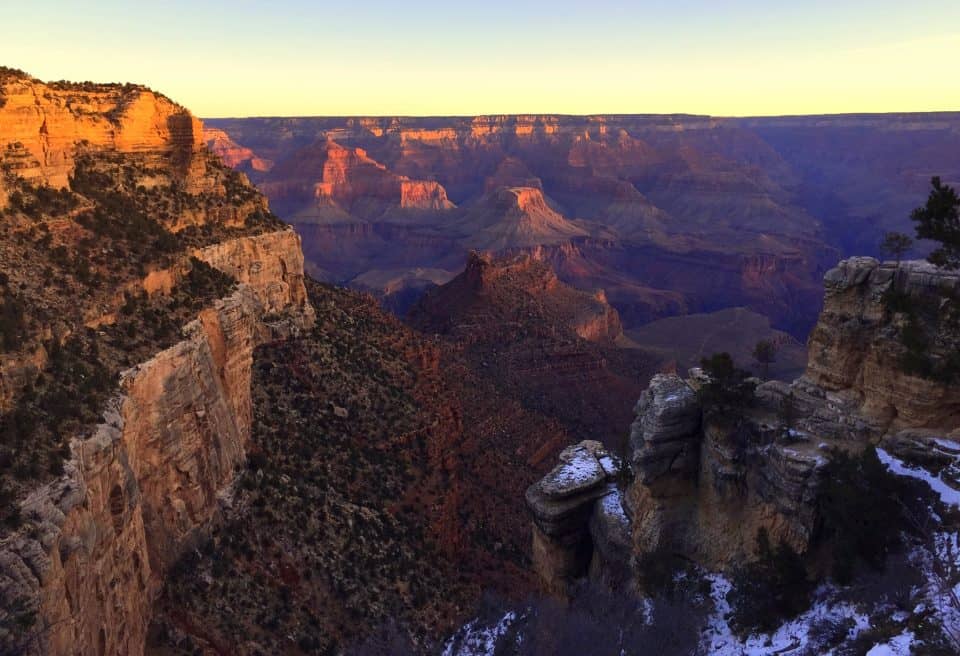
The image showcases a variety of photographic compositional techniques.
We see a beginning, middle, and ending that incorporate layers of light, color, contrast, leading lines and perspective.
AMAZON Landscape Photography Books:



